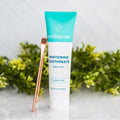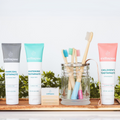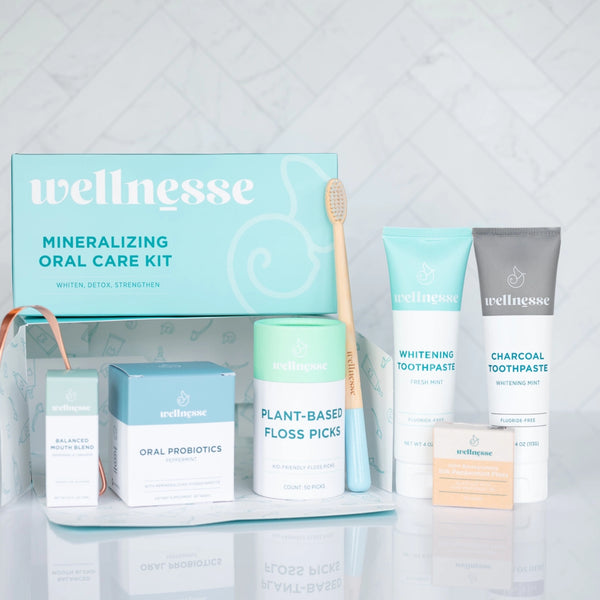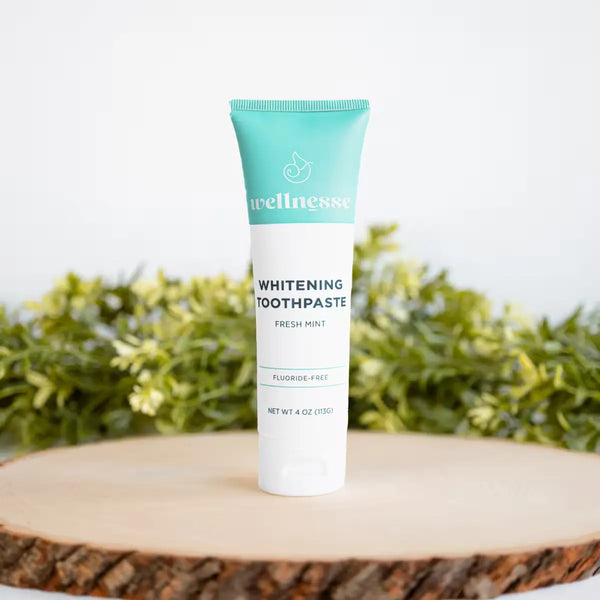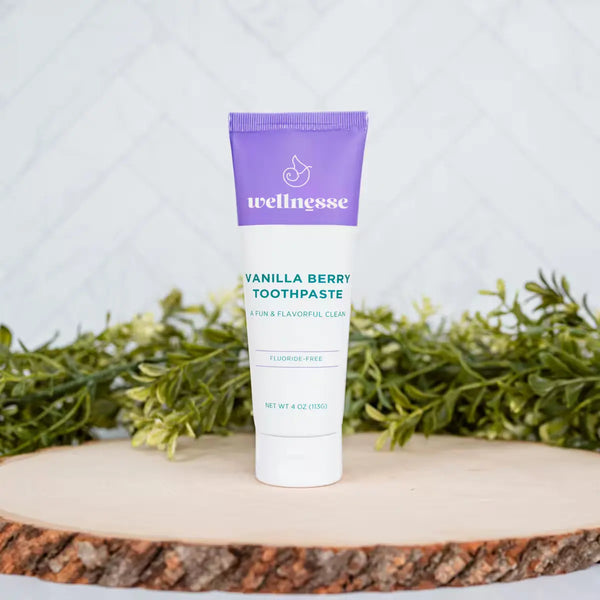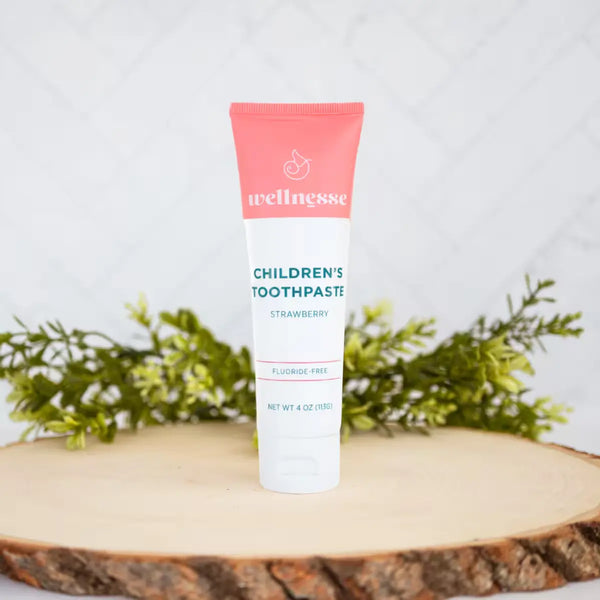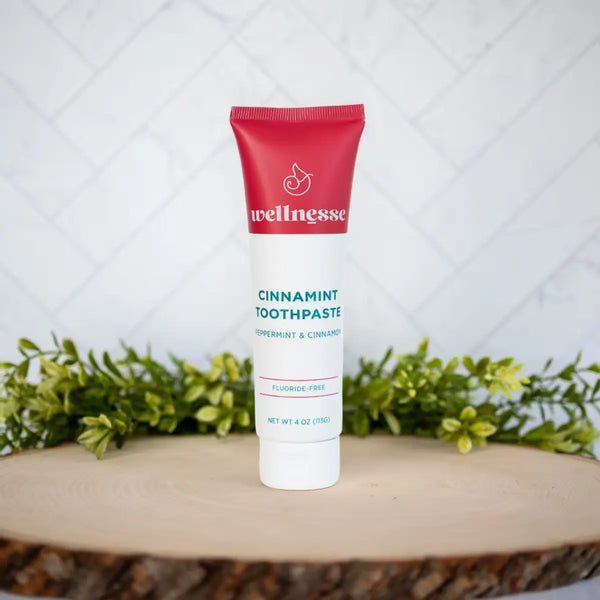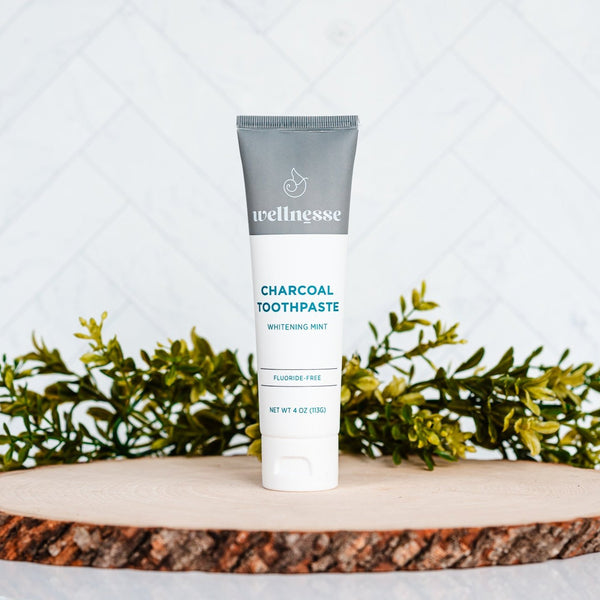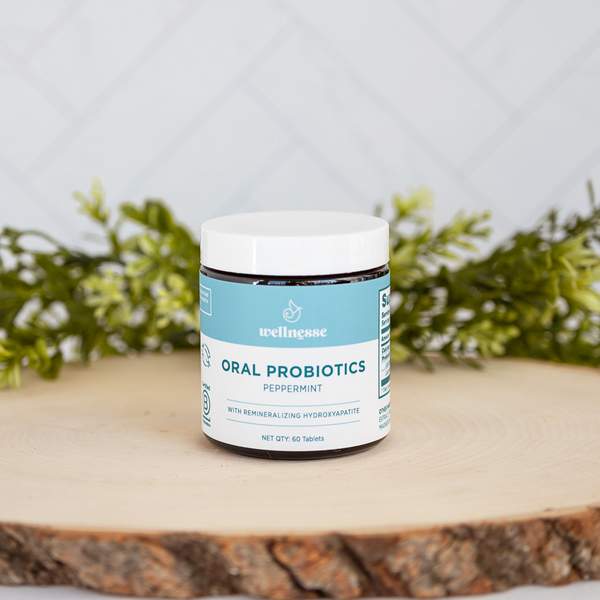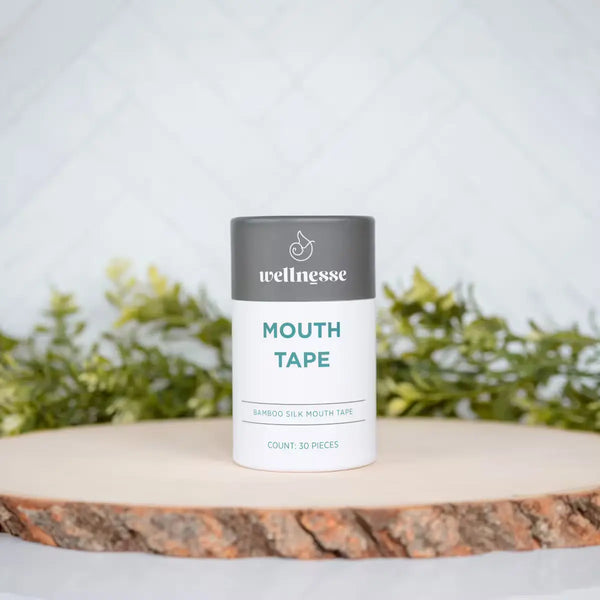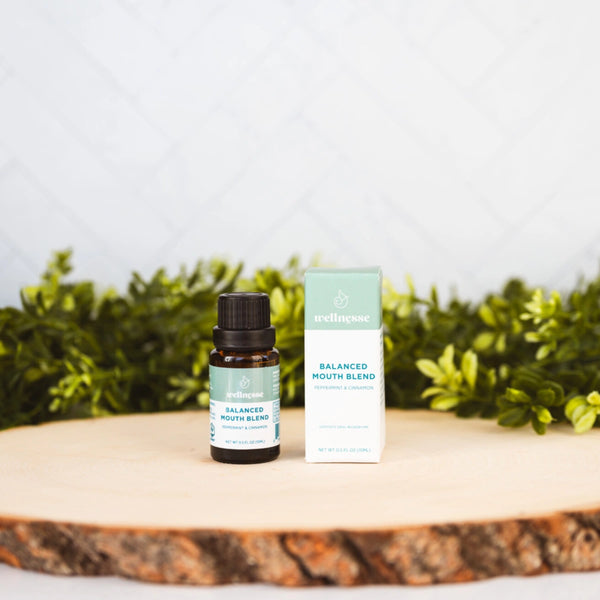Brushing our teeth is part of daily life. Most of us don't think twice about this twice-daily routine and probably even less about the rate at which we change our toothbrushes. But ensuring that your toothbrush is clean and up to the task is critical to our oral health and good oral hygiene. A toothbrush has a limited lifespan and needs to be changed regularly to ensure you get the best results when brushing your teeth. When was the last time you changed your toothbrush? Is it time to replace those bristles? Let's find out!
Ditch toxic bristles and wasteful, single-use plastic handles. Opt for our Biodegradable Bamboo Toothbrush instead!
How Often Should You Change Your Toothbrush?
Dental professionals (like those with the ADA) generally recommend that we change our toothbrushes at least every 12-16 weeks. If you brush your teeth twice daily, for two minutes each time, the bristles on your toothbrush will become heavily worn by the three-month mark (if not before). If you brush more heavily or frequently, the lifespan of your toothbrush will be significantly less.
Your toothbrush head should have relatively straight bristles that can clean between your teeth and into those hard-to-reach spots. These bristles remove food particles, plaque, and bacteria from your teeth, so as soon as your toothbrush starts to appear worn, it's time to replace it.
Both manual toothbrushes and electric toothbrush heads must be replaced approximately every three months or at the first sign of significant wear and tear. Electric toothbrush heads sometimes wear out more quickly than their manual counterparts, so replace them regularly.
Why Is It Important to Change a Toothbrush Regularly?
Aside from the fact that nobody wants to use a flat, musty toothbrush, there's very good reason to replace your toothbrush regularly. The bristles on a toothbrush become weakened with each use. We've all seen a frayed toothbrush left in the bathroom for too long. When bristles become frayed like this, the toothbrush is much less effective at removing plaque buildup and bacteria from your teeth and mouth. Over time this could lead to more severe problems like tooth decay or gum disease.
Not only are worn toothbrushes less effective, but they could be damaging your teeth and gums too. When bristles become frayed, they are more abrasive than newer toothbrushes and can damage tooth enamel and gum tissue, leading to enamel erosion.
Are you worried about being wasteful? Some people hold onto their old toothbrushes because they do not want to contribute to plastic pollution or add another item to our landfills. Luckily, there are alternative options that mean you can replace your toothbrush without worrying about your environmental footprint. Switching from traditional plastic brushes to biodegradable alternatives means that you can change out your brush whenever you need to without the guilt.
Replacing your toothbrush regularly is highly beneficial for oral hygiene for many reasons. Let's look at some of the top benefits in more detail below.
1. It reduces the risk of infection.
Changing your toothbrush reduces the risk of bacterial buildup and infection. Brushing and flossing remove bacteria from our mouths. When we brush our teeth, the bacteria transfer to our toothbrush, and if left too long, these bacteria will multiply on your toothbrush. (And even the best Whitening Toothpaste can’t protect you!) To avoid bacterial buildup, rinse your toothbrush bristles thoroughly after every use and replace your toothbrush at least once every three months.
2. Reduces the likelihood of exposure
Old toothbrushes may collect fungi, mold, and other microorganisms over time. These microorganisms can lead to serious health conditions, so keeping them at bay is important. Regularly changing out your toothbrush or toothbrush head means you will limit your exposure and prevent any unnecessary health problems that might occur as a result.
How to Keep Your Toothbrush Clean and Make It Last Longer
As well as changing out your toothbrush every three months, it's important to maintain toothbrush cleanliness. It's best not to share your toothbrush with anybody else – even family members. This causes the transfer of bacteria and could easily share illnesses. Ideally, toothbrushes should be stored so that their heads do not touch, to prevent any transference of bacteria and germs.
Pro tip: It is a common misconception that toothbrush head shields/closed containers improve dental hygiene. In fact, some of these containers encourage bacteria, germs, and mold to multiply in warm, damp conditions. The best way to store toothbrushes is in an upright position in a toothbrush holder, where they can air dry, ensuring that toothbrush heads are not touching.
Signs It’s Time to Change Your Toothbrush
Okay, so we know that we should change our toothbrushes roughly every three months, but there's no one-size-fits-all timeline. It's no different for your toothbrush. There may be some instances where you'll need to change out your toothbrush before the three-month mark. Check your toothbrush weekly and look out for the following signs that it's time for a change.
1. If you or someone in your household has been sick.
If you've been unwell, the bacteria and viruses causing your sickness will be on your toothbrush. Changing your toothbrush after a period of illness will reduce the likelihood that you will reinfect yourself with these bugs.
Similarly, if a member of your household has been sick, it's best to replace all the toothbrushes stored near that person's brush (even if the toothbrushes haven't come into contact). Bacteria spreads fast and can easily spread the contagion.
2. You notice frayed bristles.
Once you notice those frayed bristles, it's time to change out your toothbrush. Some light fraying isn't the end of the world, but as soon as those bristles start to feel abrasive while you brush or start pointing out every which way, enough is enough! It's time to go out and buy a new toothbrush or replace the brush head if you're using an electric toothbrush.
3. Your teeth don’t feel clean.
Ever noticed your teeth feeling a bit, well, fuzzy? If your teeth don't feel fresh, smooth, and clean after brushing, the likelihood is that they haven't been cleaned very well. The chances are good that your toothbrush isn't what it once was, and it's time for a replacement.
4. You notice a smell.
If you notice your toothbrush starting to smell a bit funky, then stop right there. That's a toothbrush that needs to be gone! A toothbrush that smells is a toothbrush crawling with bacteria, mold, and grime and a surefire sign that you need a new one.
Change out That Brush!
So, there we have it. We should all change our toothbrushes and toothbrush heads regularly to avoid unnecessary bacterial buildup that could lead to infection. To keep our mouths squeaky clean, we should all aim to change our toothbrushes (kids, too!) every three months or at the first sign of significant wear and tear. Our Biodegradable Toothbrush is gentle enough to avoid irritation but firm enough to give your smile the deep, thorough clean it deserves. Plus, our biodegradable bamboo handle means you'll be able to update your oral care regularly while being sustainable. Try yours today!
